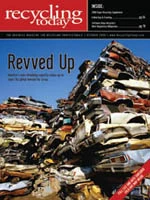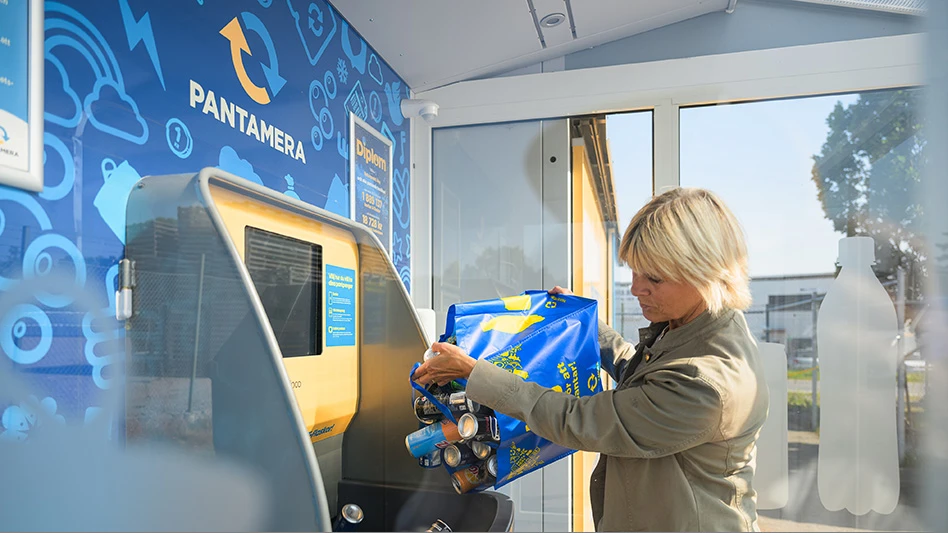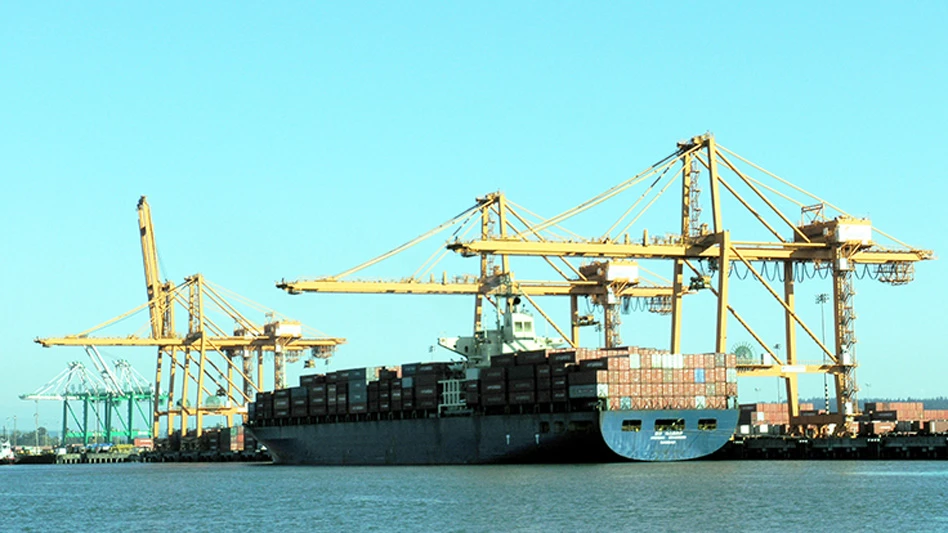Increasingly, U.S. consumers are recycling their old electronics to prevent the environmental harm that can come from disposal. Concerns have grown, however, that some U.S. companies are exporting these items to developing countries, where unsafe recycling practices can cause health and environmental problems. Items with cathode-ray tubes are particularly harmful because they can contain 4 pounds of lead, a known toxin. To prevent this practice, since January 2007 EPA began regulating the export of CRTs under its CRT rule, which requires companies to notify EPA before exporting CRTs.
In this context, the U.S. Government Accountability Office examined (1) the fate of exported used electronics, (2) the effectiveness of regulatory controls over the export of these devices, and (3) options to strengthen federal regulation of exported used electronics. Among other things, GAO reviewed waste management surveys in developing countries, monitored e-commerce Web sites, and posed as foreign buyers of broken CRTs.
Some exported used electronics are handled responsibly in countries with effective regulatory controls and by companies with advanced technologies, but a substantial quantity ends up in countries where disposal practices are unsafe to workers and dangerous to the environment. Recent surveys made on behalf of the United Nations found that used electronics exported from the United States to many Asian countries are dismantled under unsafe conditions, using methods like open-air incineration and acid baths to extract metals such as copper and gold. GAO observed thousands of requests for these items on e-commerce Web sites during a 3-month period--mostly from Asian countries such as China and India but also from some in Africa.
U.S. hazardous waste regulations have not deterred exports of potentially hazardous used electronics, primarily for the following reasons: (1) Existing EPA regulations focus only on CRTs. Other exported used electronics flow virtually unrestricted--even to countries where they can be mismanaged--in large part because relevant U.S. hazardous waste regulations assess only how products will react in unlined U.S. landfills.
(2) Companies easily circumvent the CRT rule. GAO posed as foreign buyers of broken CRTs in Hong Kong, India, Pakistan, and other countries, and 43 U.S. companies expressed willingness to export these items. Some of the companies, including ones that publicly tout their exemplary environmental practices, were willing to export CRTs in apparent violation of the CRT rule. GAO provided EPA with the names of these companies at EPA's request.
(3) EPA's enforcement is lacking. Since the CRT rule took effect in January 2007, Hong Kong officials intercepted and returned to U.S. ports 26 containers of illegally exported CRTs. EPA has since penalized one violator, and then only long after the shipment had been identified by GAO. EPA officials acknowledged compliance problems with its CRT rule but said that given the rule's relative newness, their focus was on educating the regulated community. This reasoning appears misplaced, however, given GAO's observation of exporters willing to engage in apparent violations of the CRT rule, including some who are aware of the rule. Finally, EPA has done little to ascertain the extent of noncompliance, and EPA officials said they have neither plans nor a timetable to develop an enforcement program. Beyond enforcing the CRT rule, EPA can take steps to ensure that the larger universe of potentially harmful electronic devices--such as computers, printers, and cell phones--are exported in a manner that does not harm health or the environment. Among the options raised by GAO are the following:
(1) expanding hazardous waste regulations to cover other exported used electronics; (2) submitting a legislative package to Congress for ratifying the Basel Convention, an international regime governing the import and export of hazardous wastes; and (3) working with Customs and Border Protection and other agencies to improve identification and tracking of exported used electronics. Options such as these could help make U.S. export controls more consistent with those of other industrialized countries.
To view the report click on the following link --

Explore the October 2008 Issue
Check out more from this issue and find your next story to read.
Latest from Recycling Today
- CP Group announces new senior vice president
- APR publishes Design Guide in French
- AmSty recorded first sales of PolyRenew Styrene in 2024
- PRE says EU’s plastic recycling industry at a breaking point
- Call2Recycle Canada, Staples Professional expand partnership
- Circular Services breaks ground on north Texas MRF
- Tariff uncertainty results in choppy nonferrous scrap flows
- CATL, Ellen MacArthur Foundation establish battery partnership






